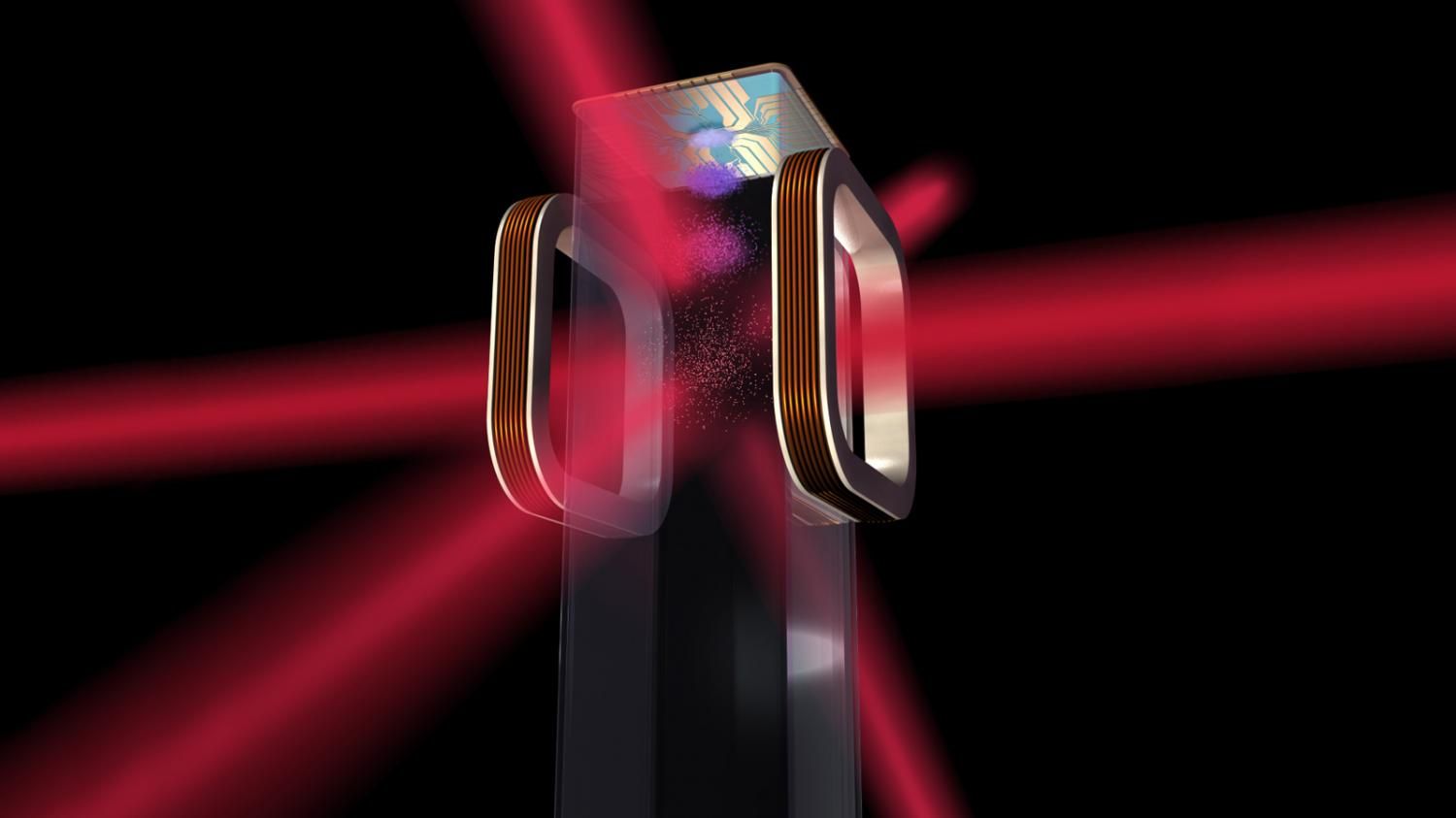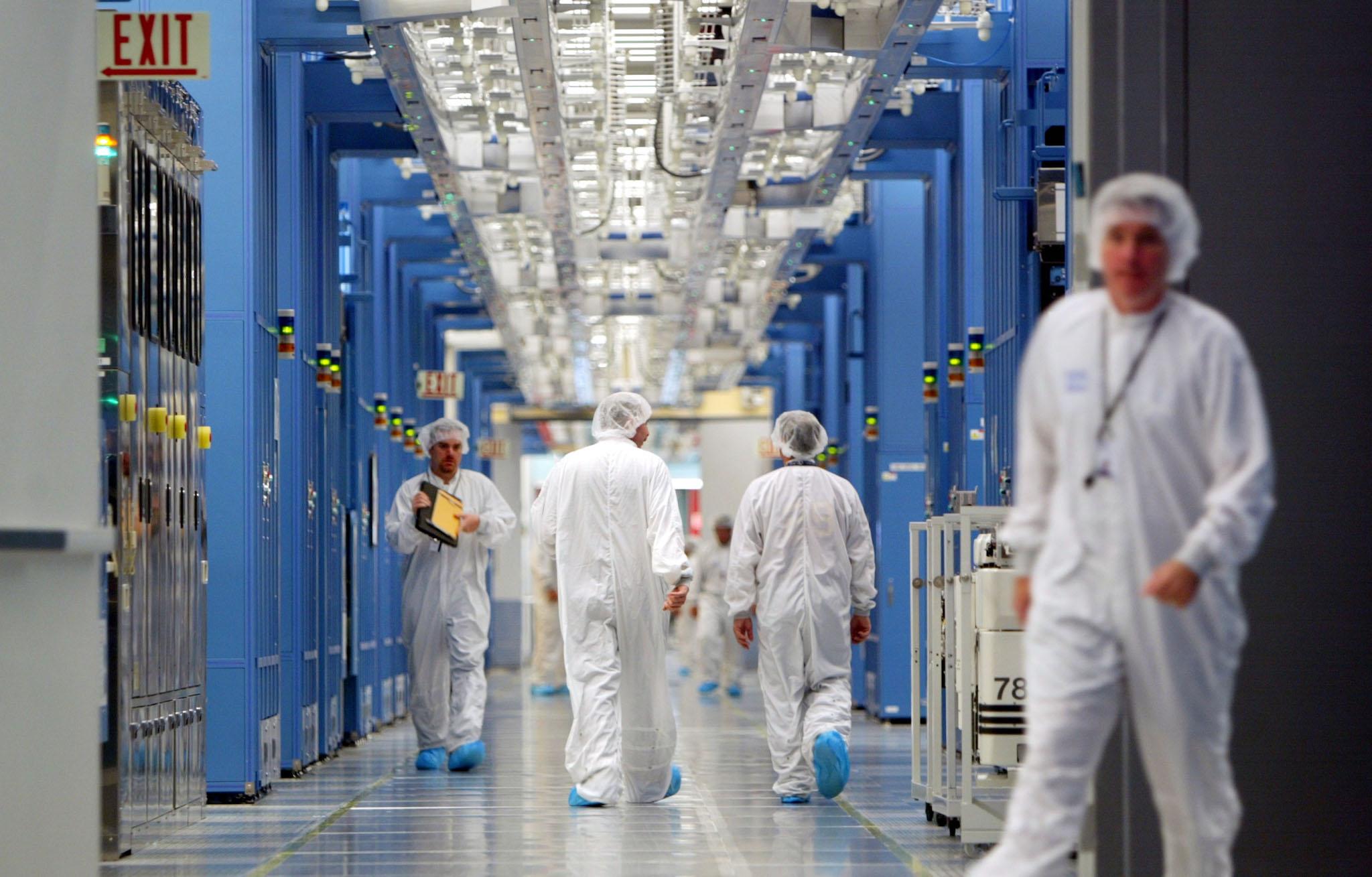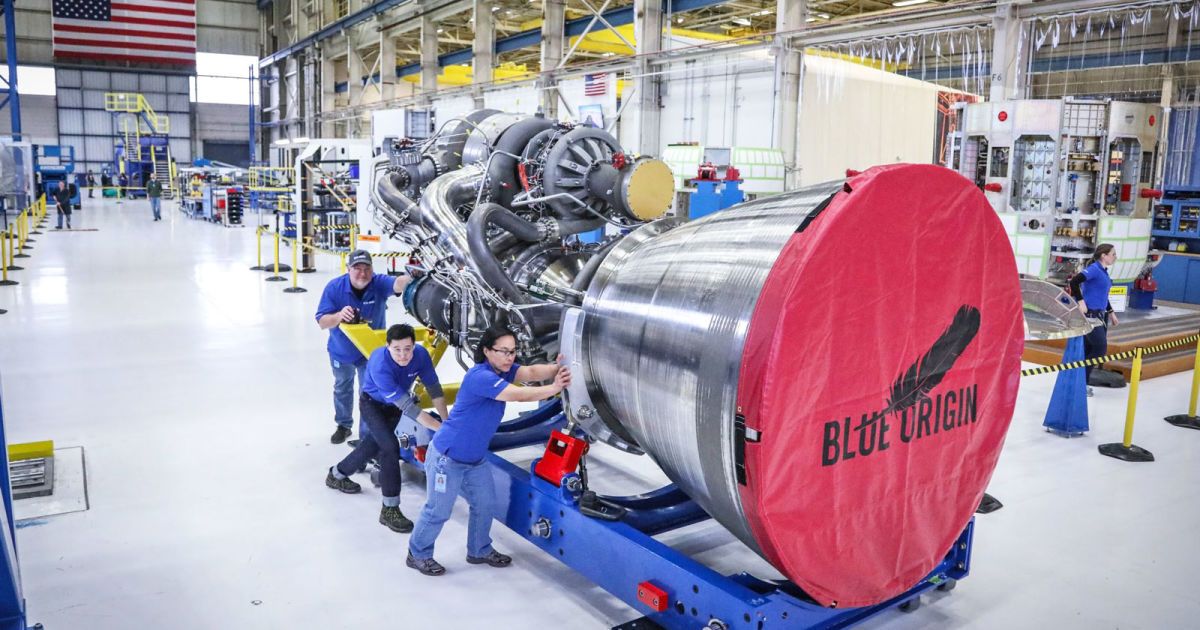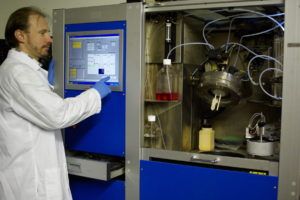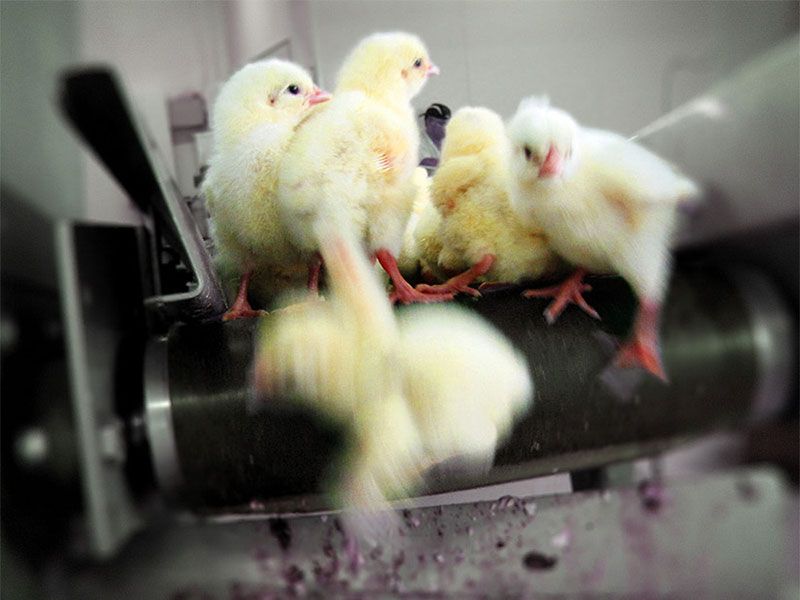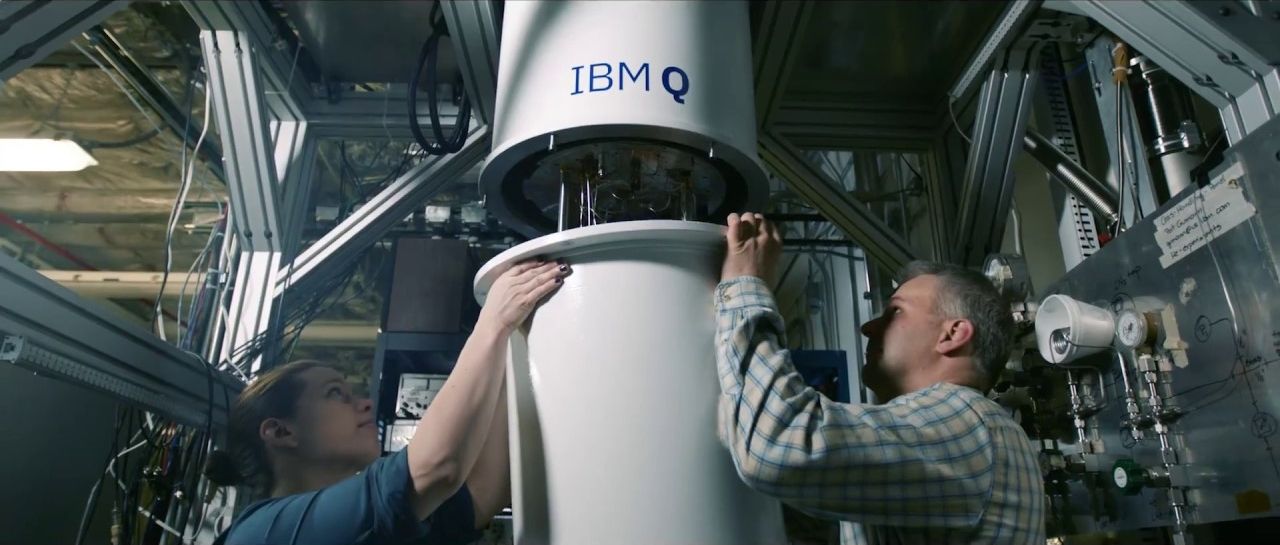Mar 6, 2017
NASA wants to create the coolest spot in the universe
Posted by Andreas Matt in categories: particle physics, space
This summer, an ice chest-sized box will fly to the International Space Station, where it will create the coolest spot in the universe.
Inside that box, lasers, a vacuum chamber and an electromagnetic “knife” will be used to cancel out the energy of gas particles, slowing them until they’re almost motionless. This suite of instruments is called the Cold Atom Laboratory (CAL), and was developed by NASA’s Jet Propulsion Laboratory in Pasadena, California. CAL is in the final stages of assembly at JPL, ahead of a ride to space this August on SpaceX CRS-12.
Its instruments are designed to freeze gas atoms to a mere billionth of a degree above absolute zero. That’s more than 100 million times colder than the depths of space.
